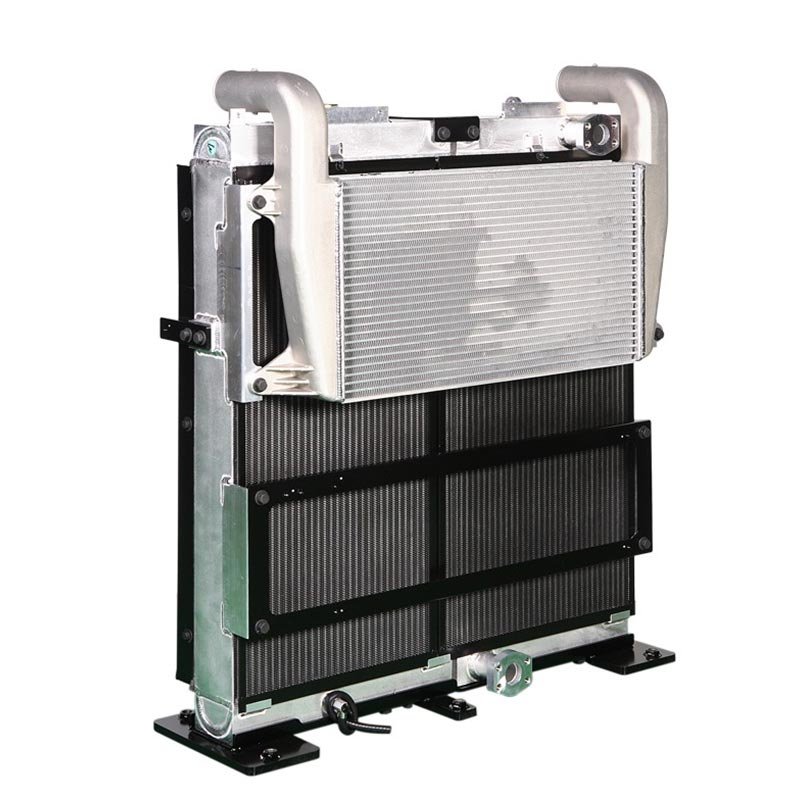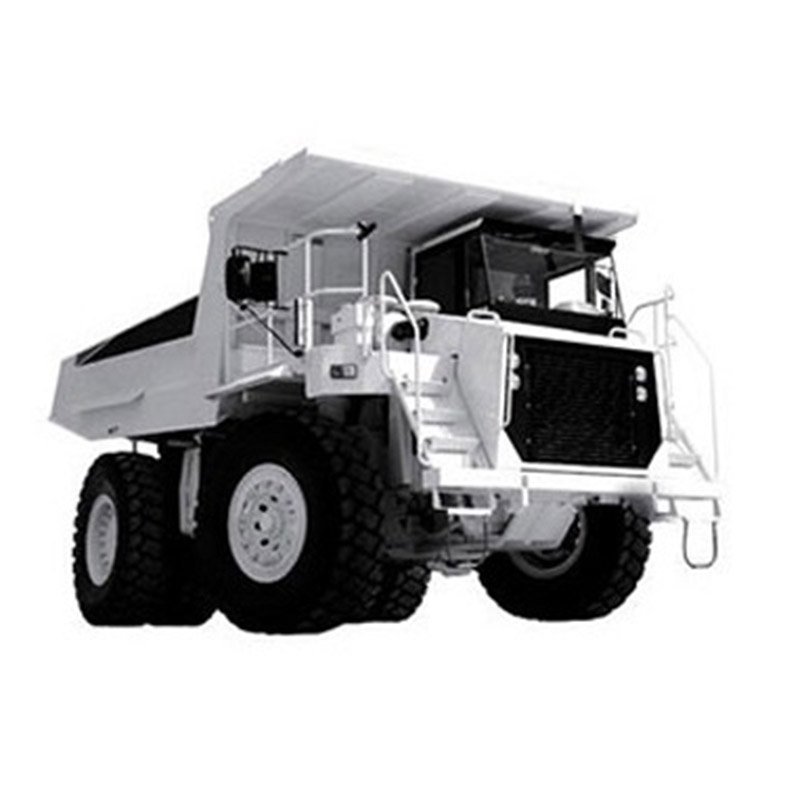


Truck Radiator Supplier Best truck radiator
A truck radiator is a crucial component of the vehicle’s cooling system. It is typically a large, heat-exchanging device made of metal, usually aluminum or copper, with a series of tubes and fins. The radiator is located at the front of the truck, behind the grille, where it is exposed to airflow.
Product Details
A truck radiator is a crucial component of the vehicle’s cooling system. It is typically a large, heat-exchanging device made of metal, usually aluminum or copper, with a series of tubes and fins. The radiator is located at the front of the truck, behind the grille, where it is exposed to airflow.
The primary function of the truck radiator is to dissipate heat generated by the engine. As the coolant circulates through the engine, it absorbs excess heat and carries it to the radiator. The hot coolant enters the radiator through an inlet tank and flows through a network of small tubes. These tubes are surrounded by thin, metallic fins that increase the surface area for better heat transfer.
As air passes through the radiator, either due to the truck’s forward motion or aided by an electric fan, it cools the heated coolant within the tubes. The heat is transferred from the coolant to the surrounding air, lowering its temperature. The cooled coolant then exits the radiator through an outlet tank and returns to the engine to repeat the cooling cycle.
To enhance the cooling efficiency, many truck radiators have additional components such as a pressure cap, overflow tank, and transmission cooler. The pressure cap helps maintain the optimal pressure in the cooling system, while the overflow tank collects excess coolant and allows for expansion and contraction. The transmission cooler, if present, cools the transmission fluid using the radiator’s cooling capacity.
Overall, the truck radiator plays a vital role in preventing the engine from overheating and maintaining its operating temperature within a safe range, ensuring optimal performance and longevity of the vehicle.
How Truck Radiators Work
The first is the condenser, the middle is the intercooler, and the last is the radiator.
Commonly known as the water tank, the heat dissipation medium is the coolant. Through water circulation, the excess heat in the engine is transferred to the air. There are also thermostats, water pumps and cooling fans that work with the radiator to ensure that the temperature of the engine is controlled within a certain range within the design conditions of the car.
Cooling object: engine.
Heat dissipation purpose: to control the engine temperature in a reasonable range.
Poor heat dissipation: the engine water temperature rises, the power drops, and even the cylinders and tiles are pulled, which damages the engine. On the contrary, the water temperature is low, the fuel consumption is high, and the engine running resistance is large.
We are dedicated to producing high quality heat transfer equipment to ensure the efficient and stable use of radiators in harsh environments. We use advanced production technology. In the fin production module, all adopt the fin machine with the wing frequency of 180 times/MIN and the width of the die installation of 450MM. The finning machine has the advantages of high precision, high efficiency and large width of fin forming. At the same time using automatic feeder, raw material automatic feeding. It can avoid the damage caused to the die by the pulling material of the fin die, and improve the punching precision and die life. More importantly, the fin cutting module all adopts servo automatic cutting machine, cutting dimension precision is high, the fin does not deform, eliminate the problem of fin size instability, fin distortion and deformation caused by manual cutting.